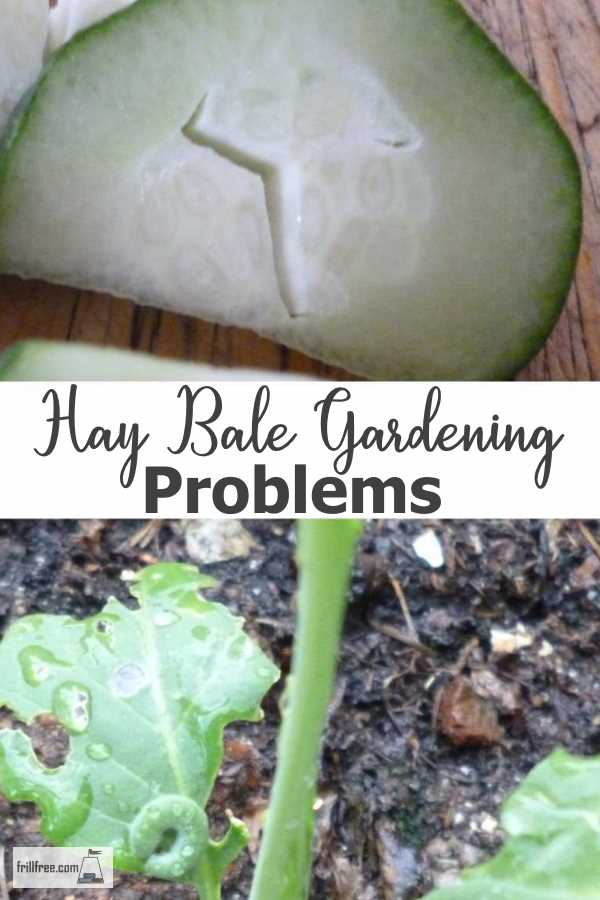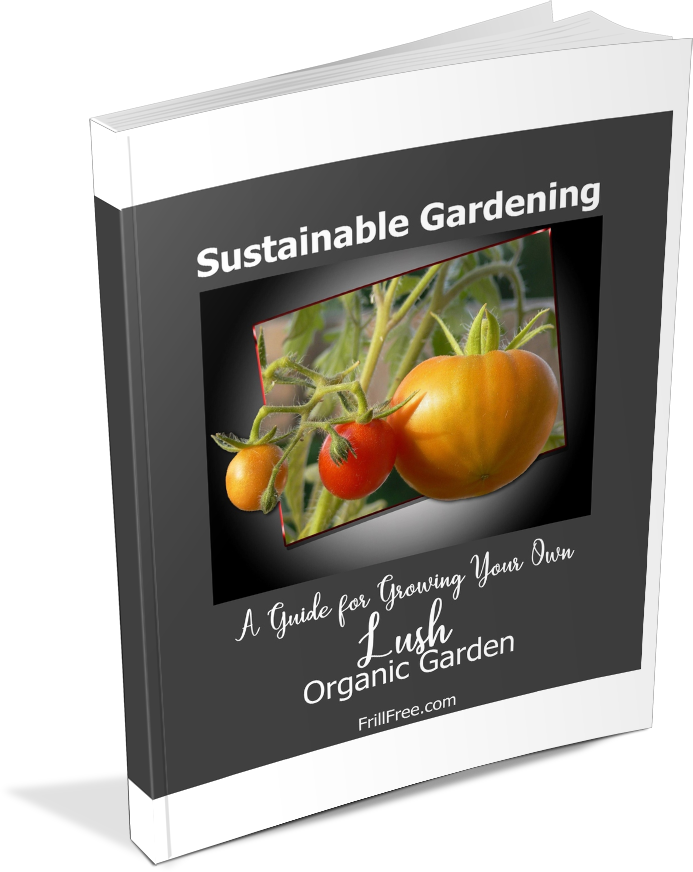- Homesteading
- Garden Designs
- Hay Bale Gardening
- Hay Bale Gardening Problems
Hay Bale Gardening Problems
No Experiment is Without Surprises
The Hay Bale Garden Project has not been without some issues - not that I can't figure it out and get it to work perfectly, in time.
The few problems that I've encountered with this method of growing some vegetables are just that - few. On the whole, it's been an interesting project and I'm impressed with the advantages of gardening on top of hay bales.
Once they are soaked and the different things added in the conditioning process, it can be a learning curve to get things just right. There isn't as much leeway on the nutrients and watering with this particular method of gardening.
Using the old carpet was a stroke of genius - it's keep the weeds from growing, and as an added bonus, it retains a bit of moisture underneath it, keeping the bales a tiny bit wetter.
The trick of sliding the slender willow poles into the bale strings to hold the fence up is another great system, as is the diy tomato cage system that I've developed.
So far, with the few vegetables that have grown enough to see what's going on, the peppers are doing great - not quite big enough to harvest, maybe a couple more weeks.
I've picked two cucumbers, the first about July 20 the second was picked August 3.
The first one was crisp and sweet, the one today a little bitter and also showing hollow heart, a condition brought on by uneven watering. So, with the plants getting bigger, maybe two five liter watering cans of rain water isn't quite enough.
Periodically, the big water
barrel has been filled and the valve to the soaker hose was opened to
give them more consistent water. Maybe the schedule has to be ramped
up, especially in really hot weather such as what we've been having.
On the brassicas, the kale and collards especially, the cabbage white butterflies found them to lay their eggs.
Once the green caterpillars hatch out, they're impossible to see, they're so well camouflaged.
Until you see the damage as they munch their way through your crop, it's hard to find them.
Without poisoning the planet, and yourself, this is easy to deal with. Hand pick the caterpillars, and give them to your chickens or toss them in a bucket of water.
Alternately, a row cover to protect the susceptible plants (any cabbage family type crops) will prevent the butterflies from getting at them.
The oldest of the tomatoes are showing signs of blossom end rot, a condition that is connected to the amount of calcium in the er, soil.
Well, guess what? Hay generally doesn't have calcium that the roots of plants can access, so maybe this should have been added while the conditioning process was happening. Live and learn.
















